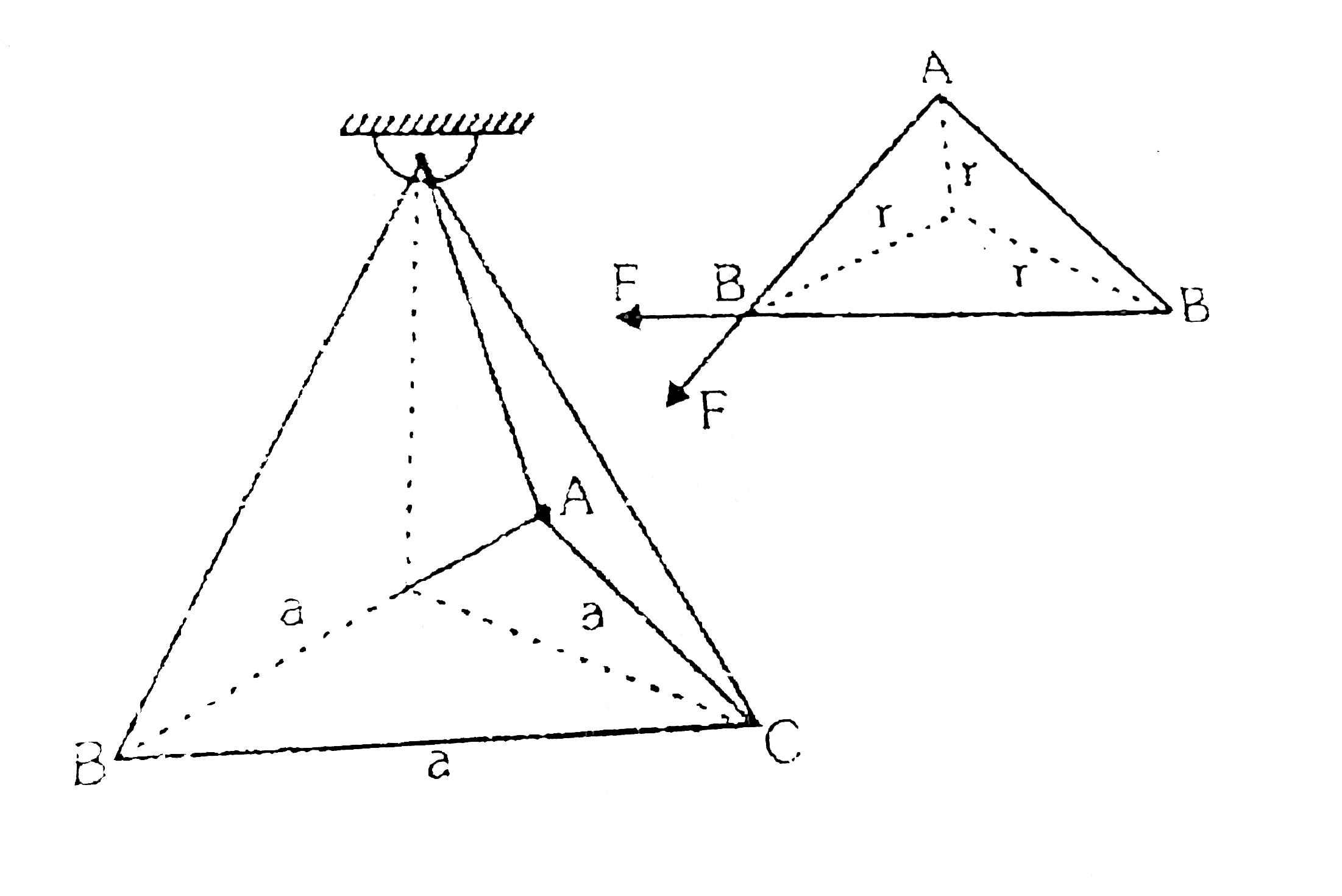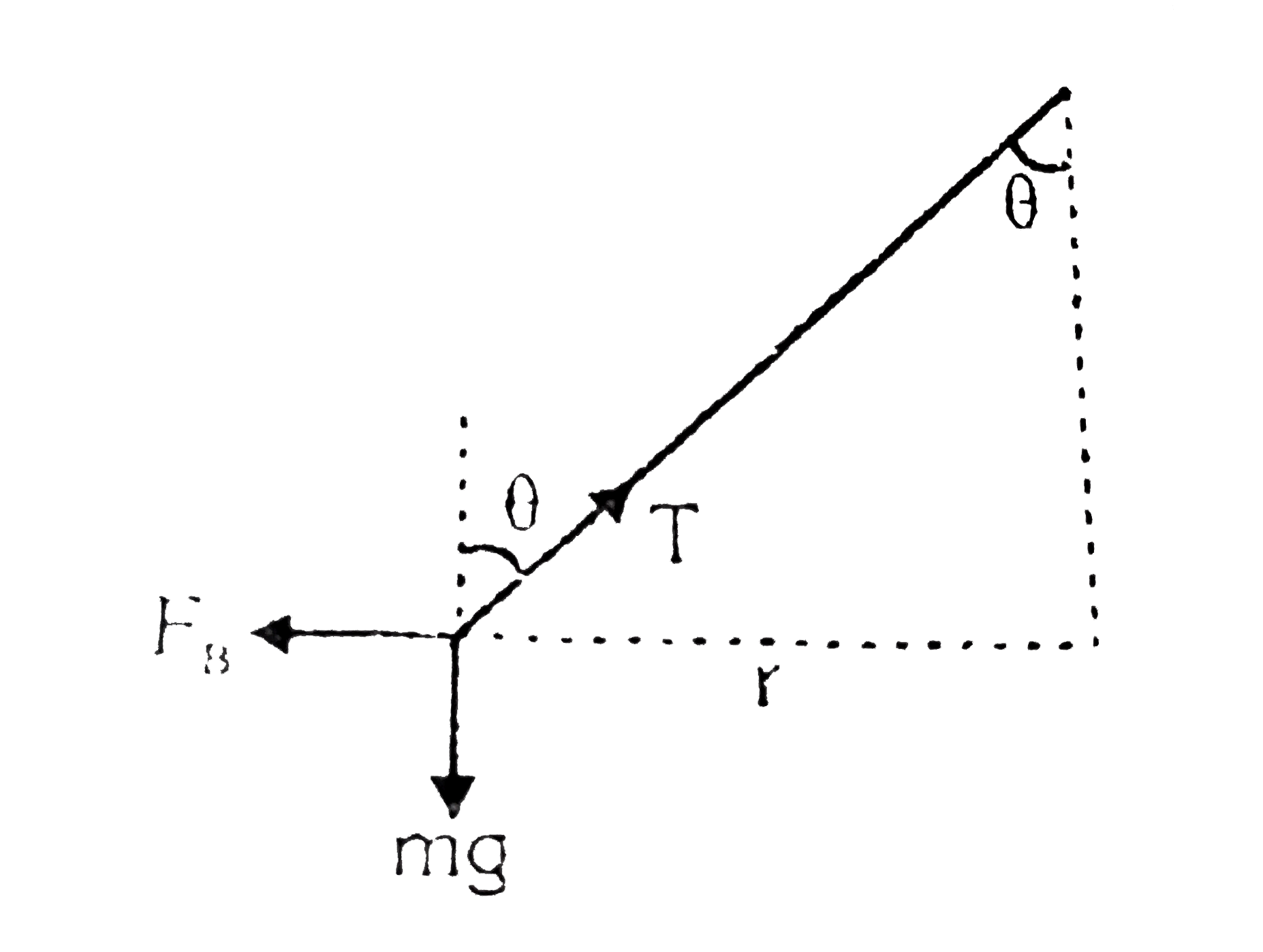Text Solution
Verified by Experts
The correct Answer is:
|
Topper's Solved these Questions
MISCELLANEOUS
ALLEN |Exercise Exersice-04[B]|16 VideosView PlaylistMISCELLANEOUS
ALLEN |Exercise Exercise-05(A)|35 VideosView PlaylistMISCELLANEOUS
ALLEN |Exercise Comprehension 9|2 VideosView PlaylistKINEMATICS (MOTION ALONG A STRAIGHT LINE AND MOTION IN A PLANE)
ALLEN |Exercise BEGINNER S BOX-7|8 VideosView PlaylistPHYSICAL WORLD, UNITS AND DIMENSIONS & ERRORS IN MEASUREMENT
ALLEN |Exercise EXERCISE-IV|7 VideosView Playlist
Similar Questions
Explore conceptually related problems
Knowledge Check
Similar Questions
Explore conceptually related problems
ALLEN -MISCELLANEOUS-Exersice-04[A]
- Three particles, each of mass m and carrying a charge q each, are susp...
03:19
|
Playing Now - Two equal point charges Q=+sqrt(2) mu C are placed at each of the two ...
02:19
|
Play - A point charge 4 is situated at a distance r on axis from one end of ...
05:27
|
Play - A thin circular wire of radius r has a charge Q. If a point charge q i...
03:49
|
Play - An infinite number of charges, each equal to Q=10 mu C are placed alon...
02:14
|
Play - The figure shows three infinite non-conducting plates of charge perpen...
02:28
|
Play - Find the electric field at centre of semicircular ring shown in figure...
02:40
|
Play - what is the dimension of moment of ineartia?
01:11
|
Play - Two concentric rings, one of radius a and the other of radius b, have ...
03:06
|
Play - In the figure shown S is a large nonconducting sheet of uniform charge...
02:34
|
Play - root(4)(16)xxroot(4)(2) is equal t :-
01:25
|
Play - Consider the configuration of a system of four charges each of value (...
02:10
|
Play - Which of the following has different dimensional formula ?
01:03
|
Play - Which of the following has different dimensional formula ?
01:12
|
Play - root(5)(64)××root(6)(2) is equal to :-
01:51
|
Play - Three point charges q, 2q and 8q are to be placed on a . 9cm long st...
03:55
|
Play - A charge +Q is uniformly distributed over a thin ring with radius R....
02:31
|
Play - A simple pendulum of length l and bob mass m is hanging in front of a ...
04:54
|
Play - Two fixed, equal, positive charges, each of magnitude 5xx10^-5 coul ar...
05:07
|
Play - Positive and negative charges of 1 muC each are placed at two points a...
02:29
|
Play

